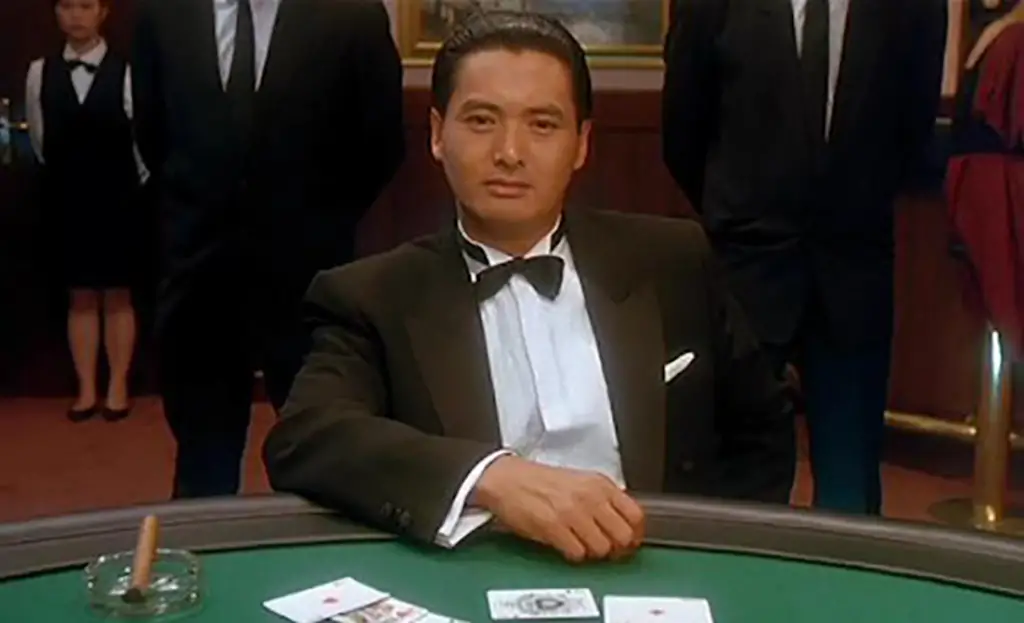
According to the official web site, Spike Lee’s new work “Miracle at St. Anna” is a “deeply inspiring, powerful story drawn from true history” based on the book by James McBride, who also wrote the adaptation. This “true history” at the core of the story involves the 92nd Infantry Division, which “consisted of 15,000 African-American men—dubbed Buffalo Soldiers—who served in Italy during World War II from August 1944 to November 1945.”
The film centers on four members of the 92nd Division’s George Company: 2nd Staff Sergeant Aubrey Stamps (Derek Luke), Sergeant Bishop Cummings (Michael Ealy), Corporal Hector Negron (Laz Alonso), and Private First Class Sam Train (Omar Benson Miller). Their objective is to cross the Serchio River in Tuscany, Italy. They succeed; the rest of their company does not.* Train comes across a young Italian boy, Angelo Torancelli (Matteo Sciabordi), who’s in need of medical help after a roof collapses on him. Train convinces Bishop, and later Hector and Stamps, that the boy should remain with them. They come upon a town called Colognora and take shelter with a young Italian woman named Renata (Valentina Cervi) and her family. Everyone’s lives profoundly change after a few days when partisan fighters Peppi ‘The Great Butterfly’ Grotta (Pierfrancesco Favino) and Rodolfo (Sergio Albelli), a deserting German soldier Hans Brundt (Jan Pohl), and a group of Nazis converge upon the town.
The film’s exposition sets up narrative questions that the rest of the film answers (for the viewer). Hector shoots a post office customer point-blank twice; investigations ‘unearth’ the missing head of the Primavera statue of Santa Trinita in Florence, Italy. Daily News reporter Tim Boyle (Joseph Gordon-Levitt) interviews Hector, who then recounts—without voice-over-narration—how the artifact came into his possession. The majority of the film’s 160 minutes takes place in the past. When all of those minutes have ticked by, the viewer knows more than some of the characters do. The explanation for the miracle at St. Anna is an elucidation of treachery and mercy.
When viewing the work of an auteur filmmaker, there’s an automatic, perhaps unconscious, compulsion to sift through the conversations, sights, and sounds of the film for elements that conform to or contradict the qualities associated with the filmmaker. When Spike Lee became a household name in the 1990s with “Do The Right Thing”, “Jungle Fever” and “Get On the Bus;” and then continued into the 21st century with “The 25th Hour” and “When The Levees Broke,” his cinema was considered one of social commentary manifested through cynical and satirical characters.
“Miracle at St. Anna” initially poses a challenge for identifying signature traits of his style not only because it’s a war film (the genre formula is likely to steer plot development), but also because it is based on a book. If the humorous dialogue cannot be solely credited to Lee due to the screenplay and the actors’ performances, Lee nonetheless leaves his creative imprints throughout the film. His social commentary comes across via the juxtaposition of images and the use of extreme close-ups. For example, a short clip from the World War II film “The Longest Day” (1962), starring John Wayne, opens the film. As Hector Negron watches these images on his TV, he laments under his breath that he “fought for this country too.” Immediately, the issue of visibility and representation is introduced: “Miracle at St. Anna” will be a story about voices that need to be heard and experiences that need to be known.
Other themes, such as the complexities of warfare and of humanity, are addressed briefly but poignantly in the scenes that reveal the protagonists’ conflict of interests and scenes that feature Captain Eichholz (Christian Berkel), a Nazi who doesn’t buy into the ideology of the Führer but still has a job to do. Eichholz is not a sympathetic character; instead, he is a reminder that allegiances and betrayals in times of war are much grayer than they are black-and-white.
Production notes quote Lee summarizing “Miracle at St. Anna” as “a World War II film—a brutal mystery that deals with historic events and the stark reality of war. But it’s also a lyrical, mystical story of compassion and love.” “Lyrical” and “mystical” might not be the first two words you would think of to describe this director’s filmography. So think of it this way: “Miracle at St. Anna” is a Spike Lee joint that possesses a European texture in the vein of Guillermo Del Toro and Jean Pierre-Jeunet. Imaginative, thought-provoking, and intense.
*Contrary to what Captain Nokes (Walter Goggins) believes is within the realm of possibility (or even probability), part of the 92nd Division is able to cross the Serchio River. However contextually justified Nokes’s doubt might be, his disbelief still results in the deaths of nearly all of the 92nd’s George Company. For the four that reach the opposite river bank, their journey has just begun.

